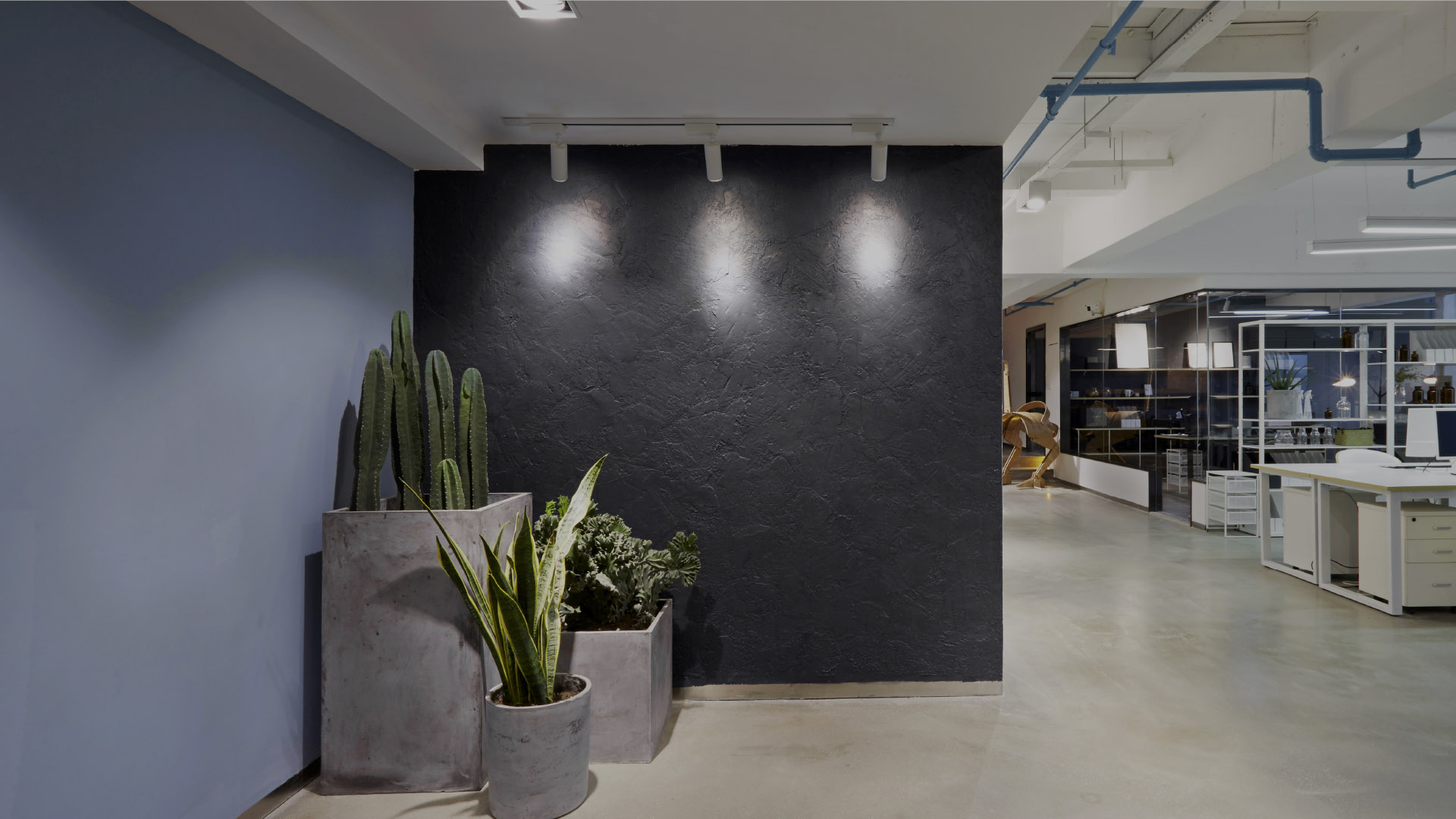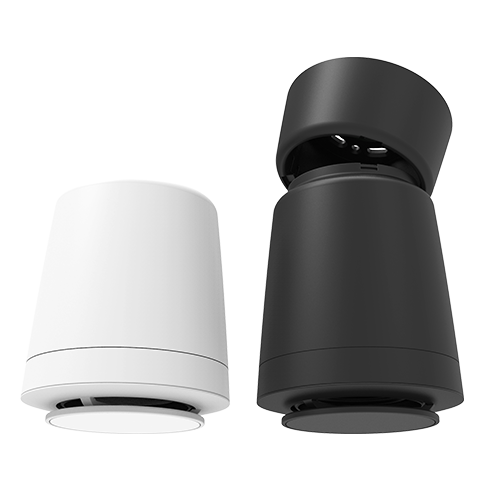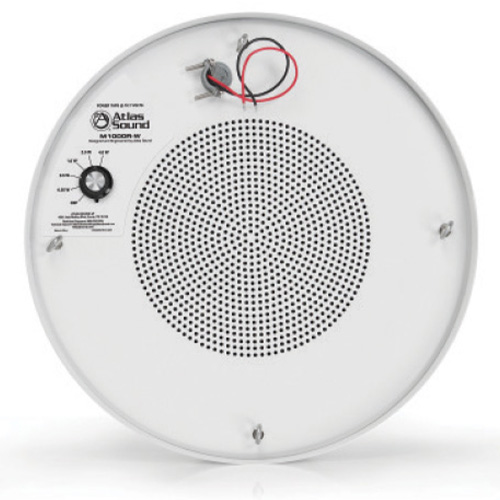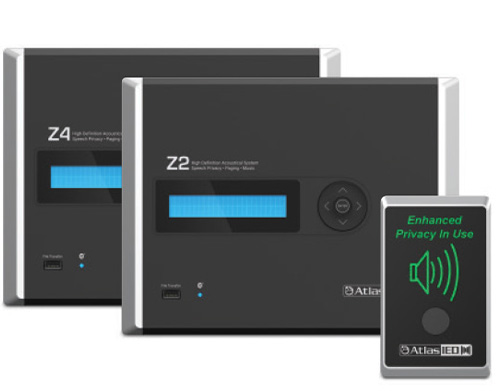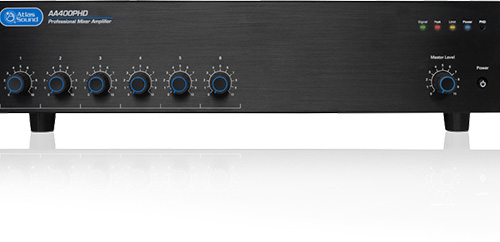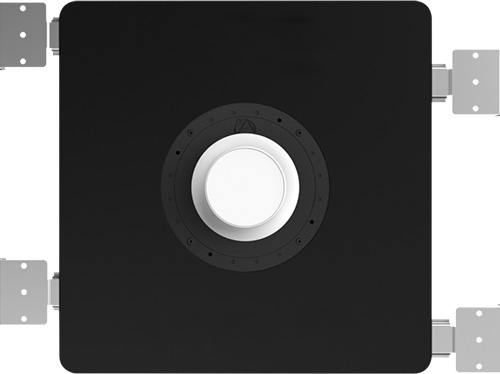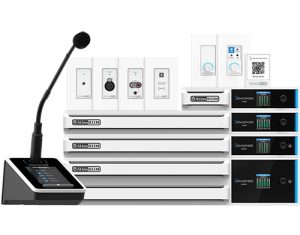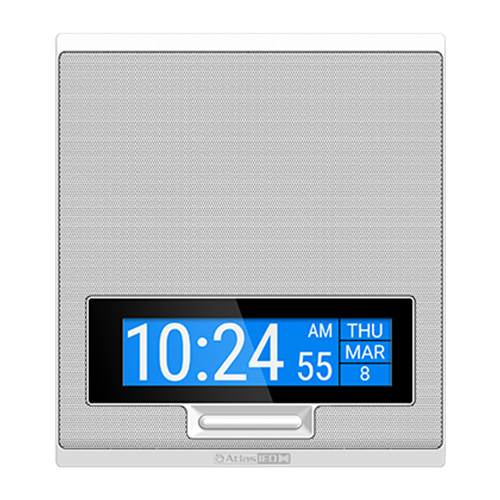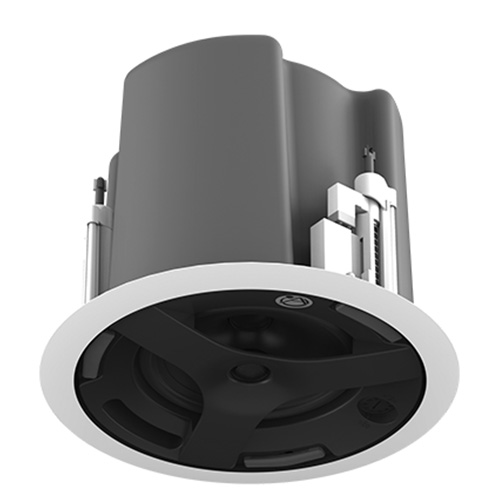Sound Masking
What is Sound Masking?
Sound masking systems protect private conversations, reduce distractions, and enhance employee productivity and satisfaction in applications such as open offices, health clinics, legal offices, and call centers. AtlasIED offers a full array of sound masking solutions from self-contained devices to large enterprise-wide systems.
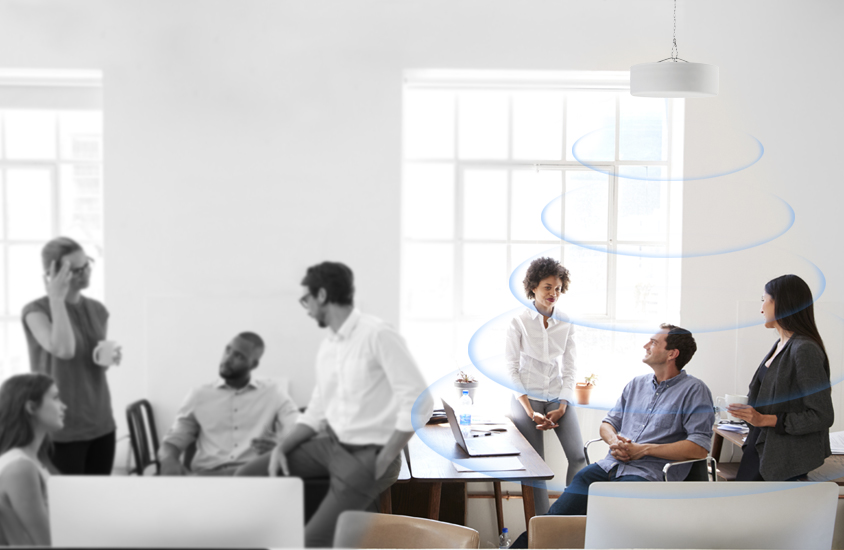
Features and Benefits of Sound Masking

Improve Workplace Acoustics
Improve employee productivity. Enhance employee satisfaction. Reduce employee turnover.

Assist in HIPAA compliance
HIPAA (Health Insurance Portability and Accountability Act) regulations require safeguards of medical and confidential information by all reasonable means.

Protect Confidential Conversations
Sound masking can prevent people in specific areas from hearing conversations that are not intended for them.

Reduce Build-Out Costs
Sound masking systems are more affordable than other structural methods of managing distractions and creating privacy.

Overcome Design Challenges
Can accommodate any size space from 100sq ft to millions of sq ft, including various ceiling heights and other architectural variables.
Sound Masking Products Showcase
Business Music & Paging
What is a good paging system?
A well-designed background music system can assist in keeping employees happy, calm, or energized to increase productivity and efficiency. Retail stores as well as lobbies, elevators, break rooms, and other commonly used social areas are great applications for this technology. Often times paging functionality can be integrated with a business music system which reduces hardware and installation costs by utilizing some of the same components.

Features and Benefits of Business Music & Paging

Improve Workplace Communication
Page a specific room/zone or an initiate an All-Call broadcast to an entire building or campus.

System Flexibility
Flexibility to play background music in designated areas only.

Inviting Atmosphere
Music creates an atmosphere that can attract and retain customers longer to increase retail sales while also improving employee satisfaction.

System Integration
Easy integration with VoIP and Music On Hold (MOH) capability for phone systems.
Business Paging Products Showcase
Unified Communications
What is a communication system?
An ideal system for smart building communication, mass notification, situational awareness, and life safety. A unified communications network leverages multiple, existing systems to create a more efficient and effective communications ecosystem that can improve daily messages as well as manage emergency alerts during critical situations.
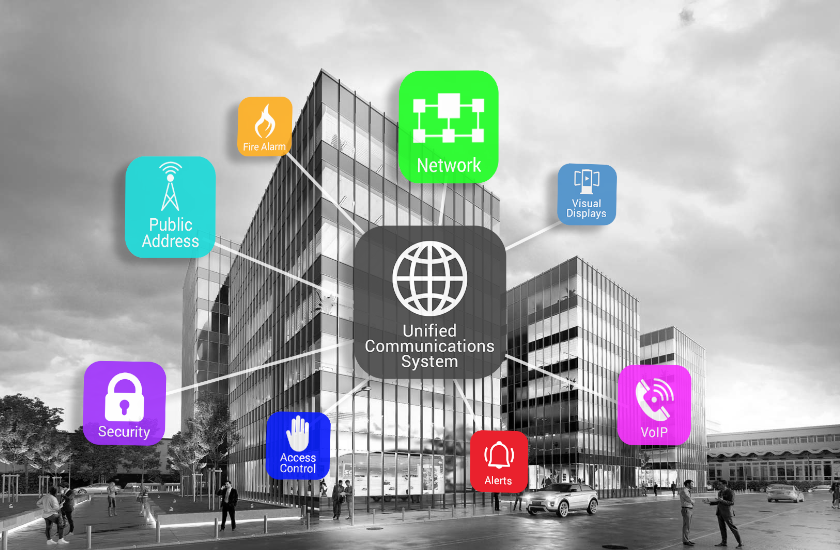
Features and Benefits of Unified Communications Systems

Opportunity to Expand
Accommodate future growth and additions of other systems that may be needed.

System Integration
Integrate with existing infrastructure such as security, fire alarm, access control, VoIP phone, and public address systems.

Ease of Use
Control from smartphone, laptop, tablet, VoIP phone, and desktop PC.

Flexibility
Utilize multiple systems to provide visual wayfinding, intelligible paging, visual alerts, desktop notifications, and other automated messages during emergencies.
Communication System Products Showcase
If you have any questions you can visit our FAQ page to learn more!
